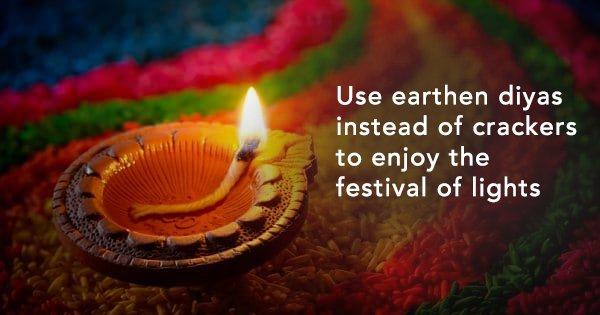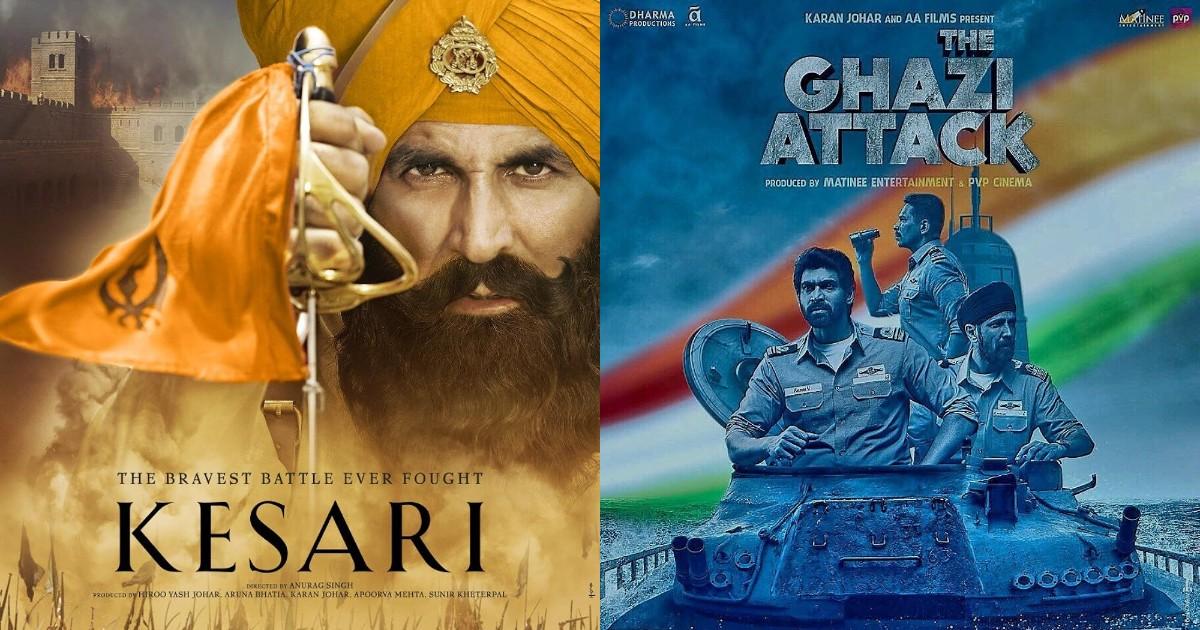In Kerala, Onam is the grandest festival of them all. The celebration spans across 10 days filled with festivities, colours and a whole lot of flowers.
Every temple and every home in Kerala is decked with lights and pookalams (floral rangoli) and cultural activities like Puli Kali (leopard play) and Vallam Kalli (snakeboat race) are in full swing.
But what do people do for 10 days, anyway?
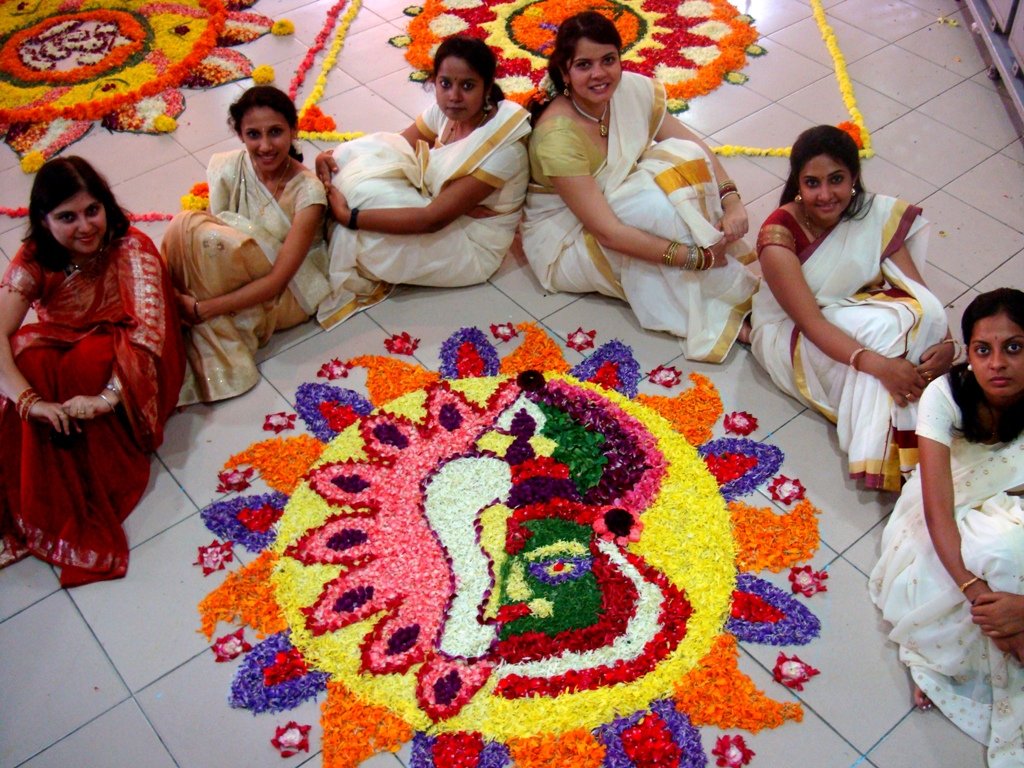
From waking up early in the morning to fetch flowers for the pookalam to preparing clay statues to honour the sacrifice King Mahabali made for his people eons ago, here’s how the 10 days of Onam are celebrated:
Day 1 – Atham
The first day of Onam begins early with people visiting temples in the morning. Pookalams – a floral rangoli is made at the front door of every house. This pookalam is re-made every day with fresh flowers.
Athachamayam, a festive celebration is held every year on the first day, as it marks the beginning of Onam festivities. The gala hosts a procession with Chenda kottu (drum beats) and people dressed in all kinds of avatars. This procession starts from Tripunithura to the Vamanamoorthy Temple in Thrikkakara, the place where Mahabali is believed to have been banished from earth.
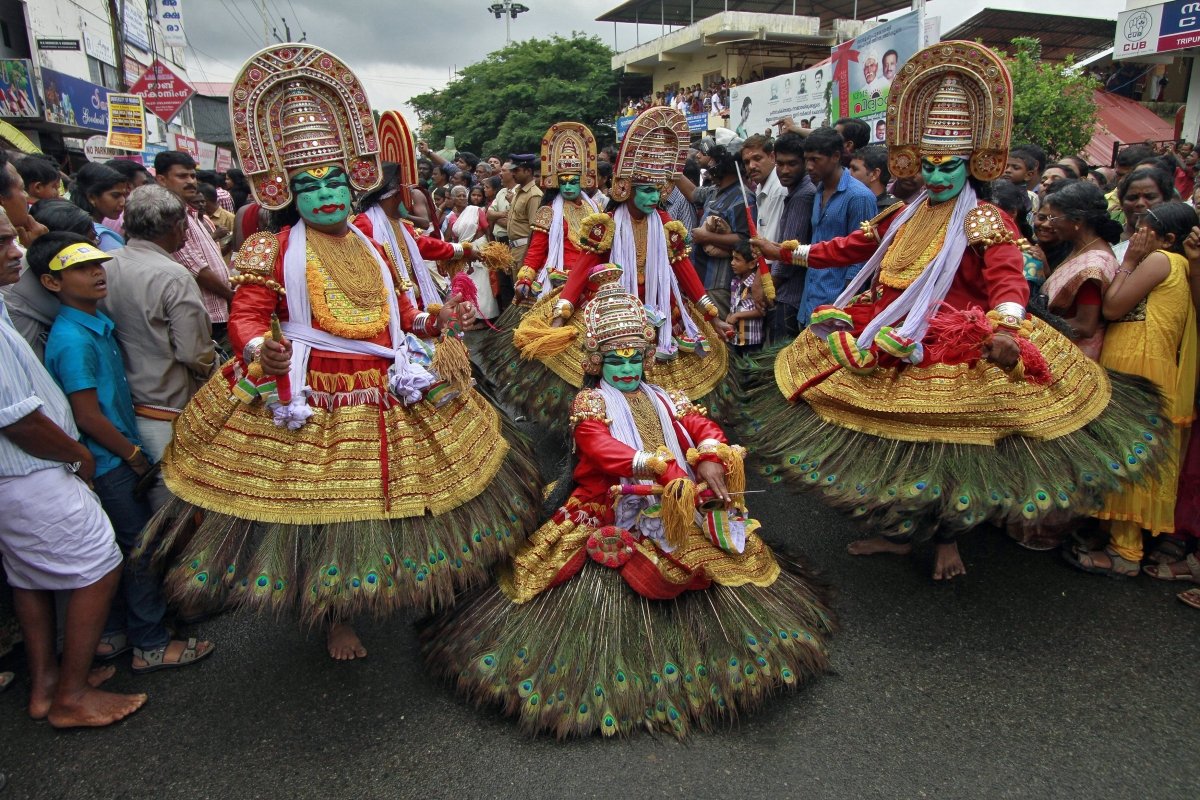
Day 2 – Chithira
With orange and yellow flowers dominating the pookalam on the second day, more flowers are added to the pookalam that was made on the first day. Family members visit temples around their homes to celebrate the much-awaited coming of Mahabali.
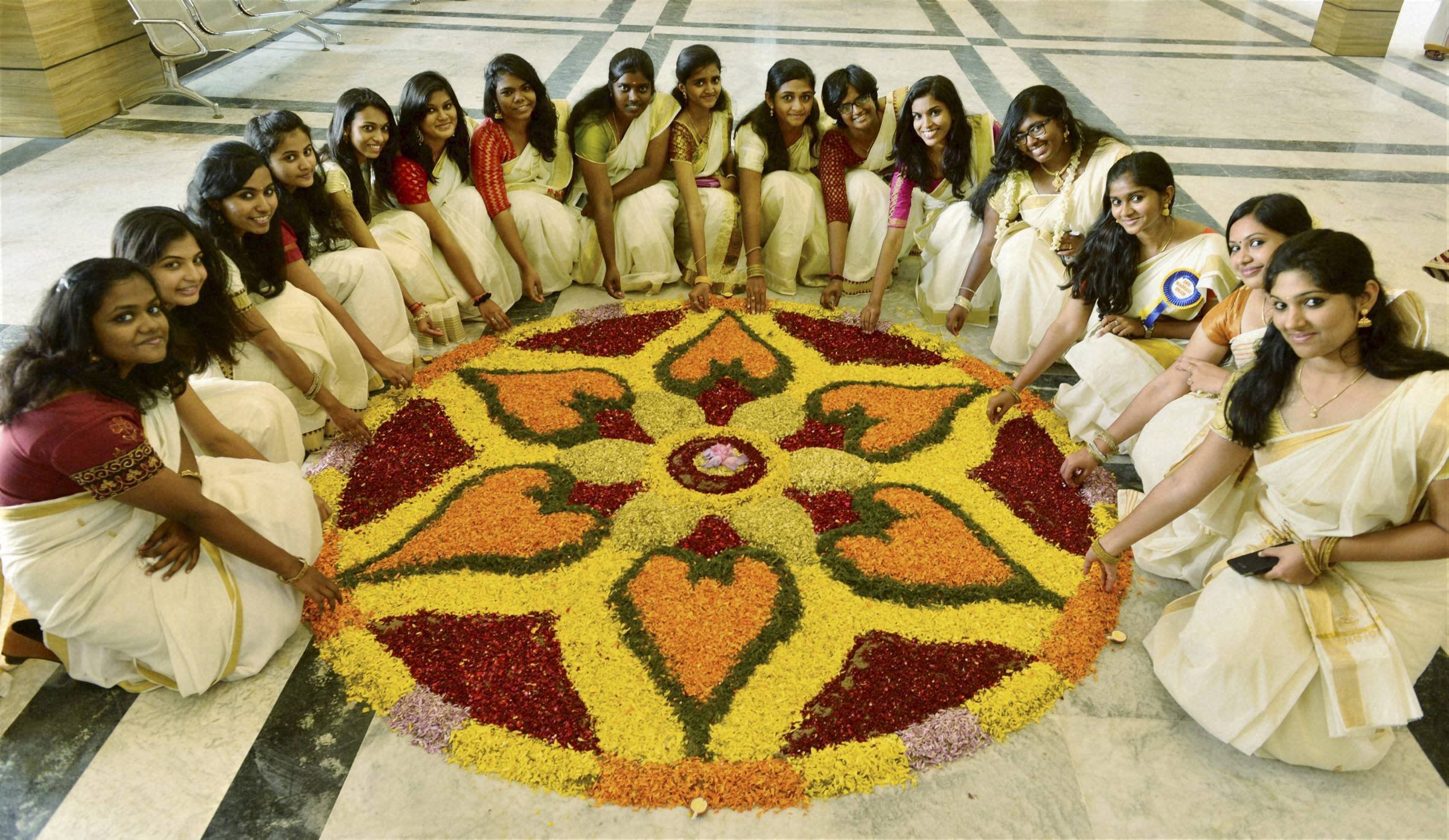
Day 3 – Chodhi
This is the day when festivities begin in full swing. People go to the market to buy new clothes and other things to prepare for the final day of Onam when Onam sadhya would be prepared. More flowers of specific colours are added to the pookalam on this day.
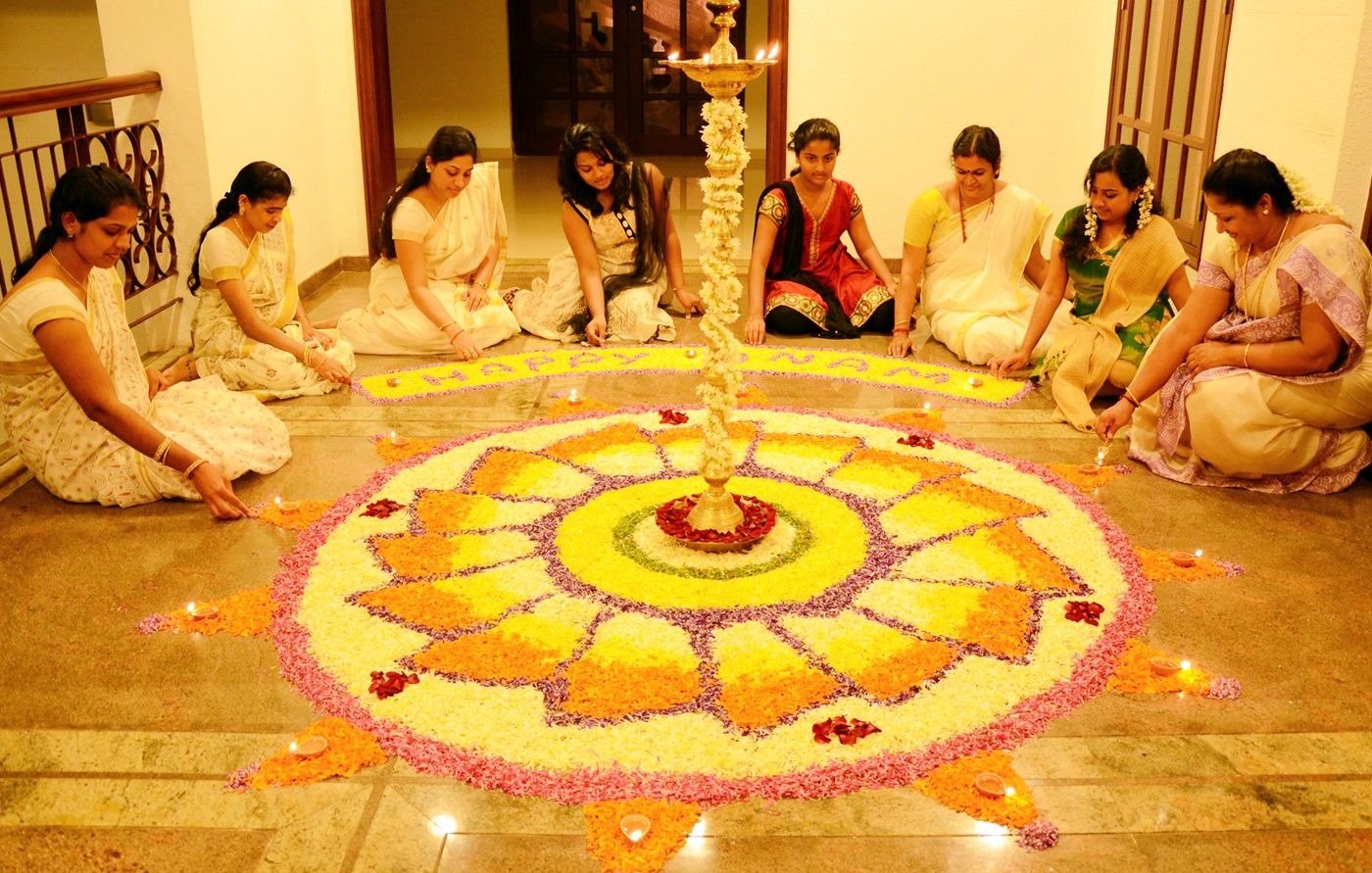
Day 4 – Visakam
Preparation for the Onam sadhya begins with every member contributing in some way or the other. Most families make 26 delicacies for the Onam sadhya, however, the number differs from family to family.
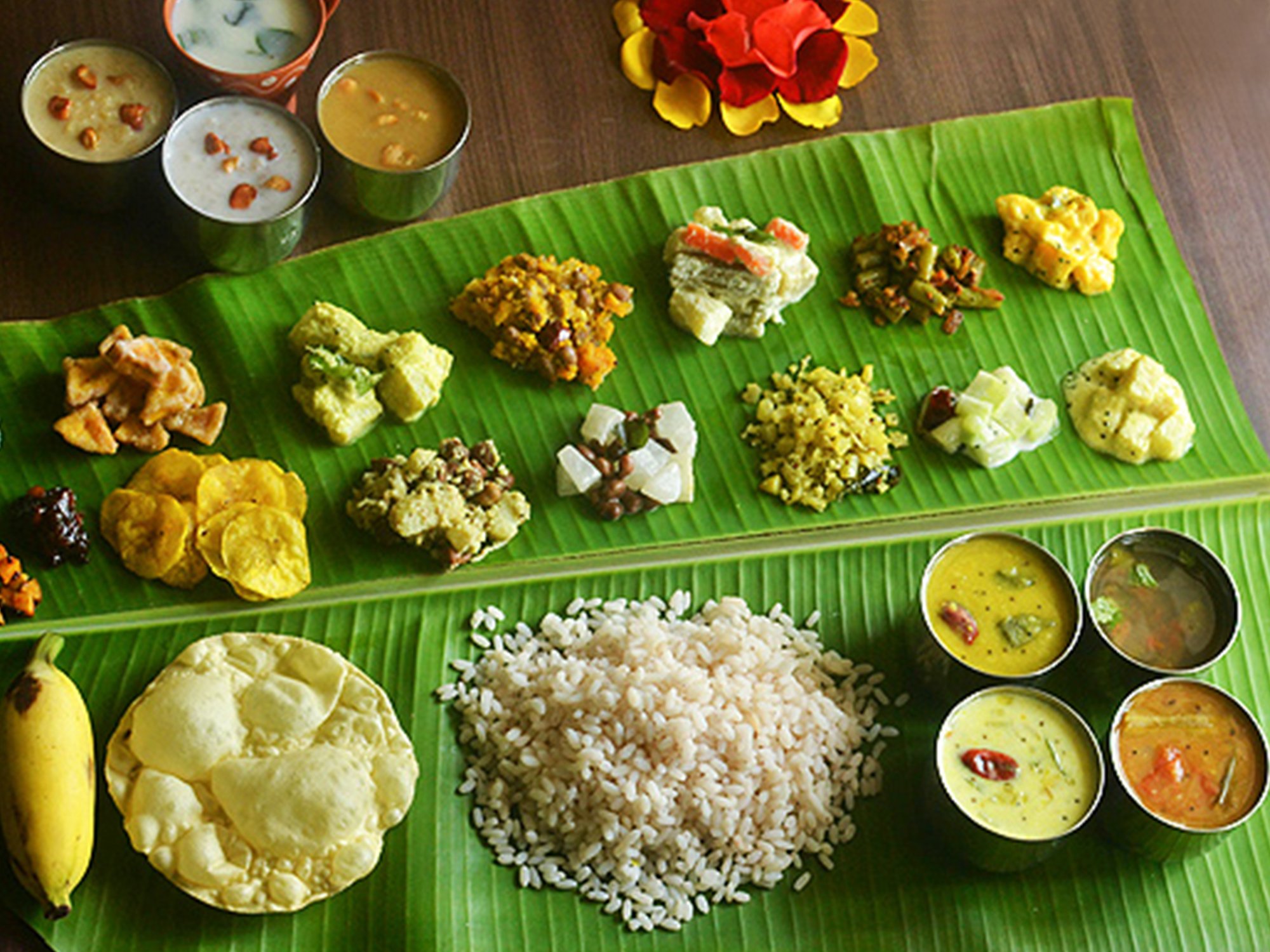
Day 5 – Anizham
This is the day when Valamkalli – the snake boat race- is flagged off. The race is held every year on river Pamba at Aranmulla in the Pathanamthitta district of Kerala. On this day, the floral rangoli gets more flowers of different colours.
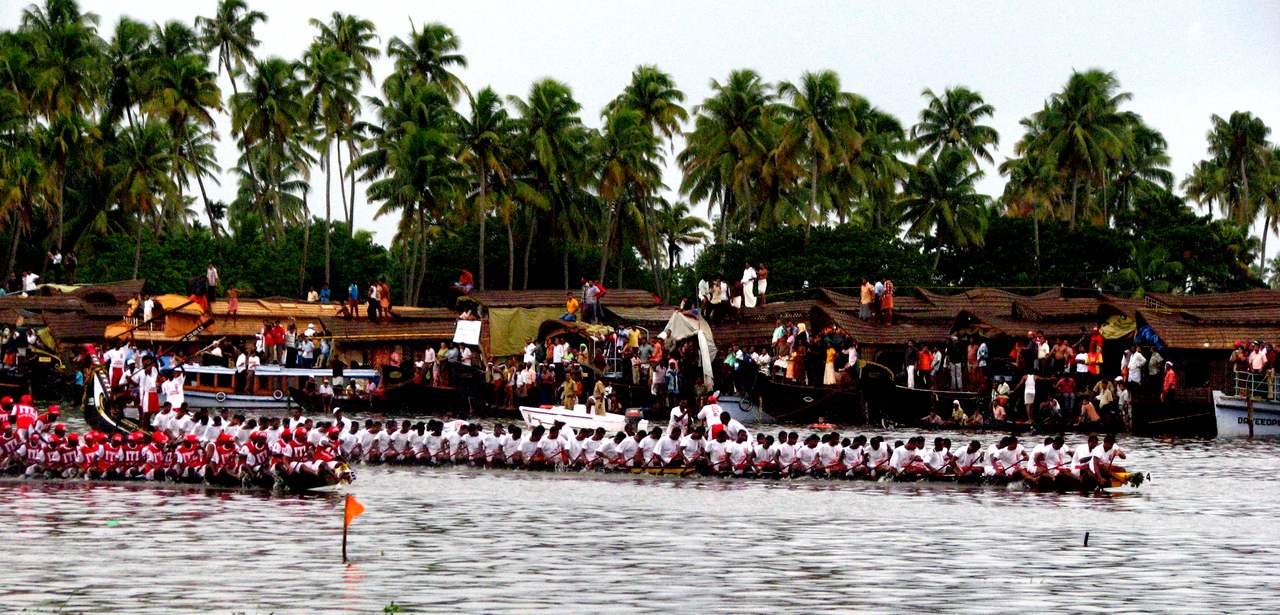
Day 6 – Thriketa
On the sixth day, families from far away visit their ancestral home and exchange gifts. Other cultural activities like Pulli kali, Kaikottikali and Kayyinkalli also take place on this day.
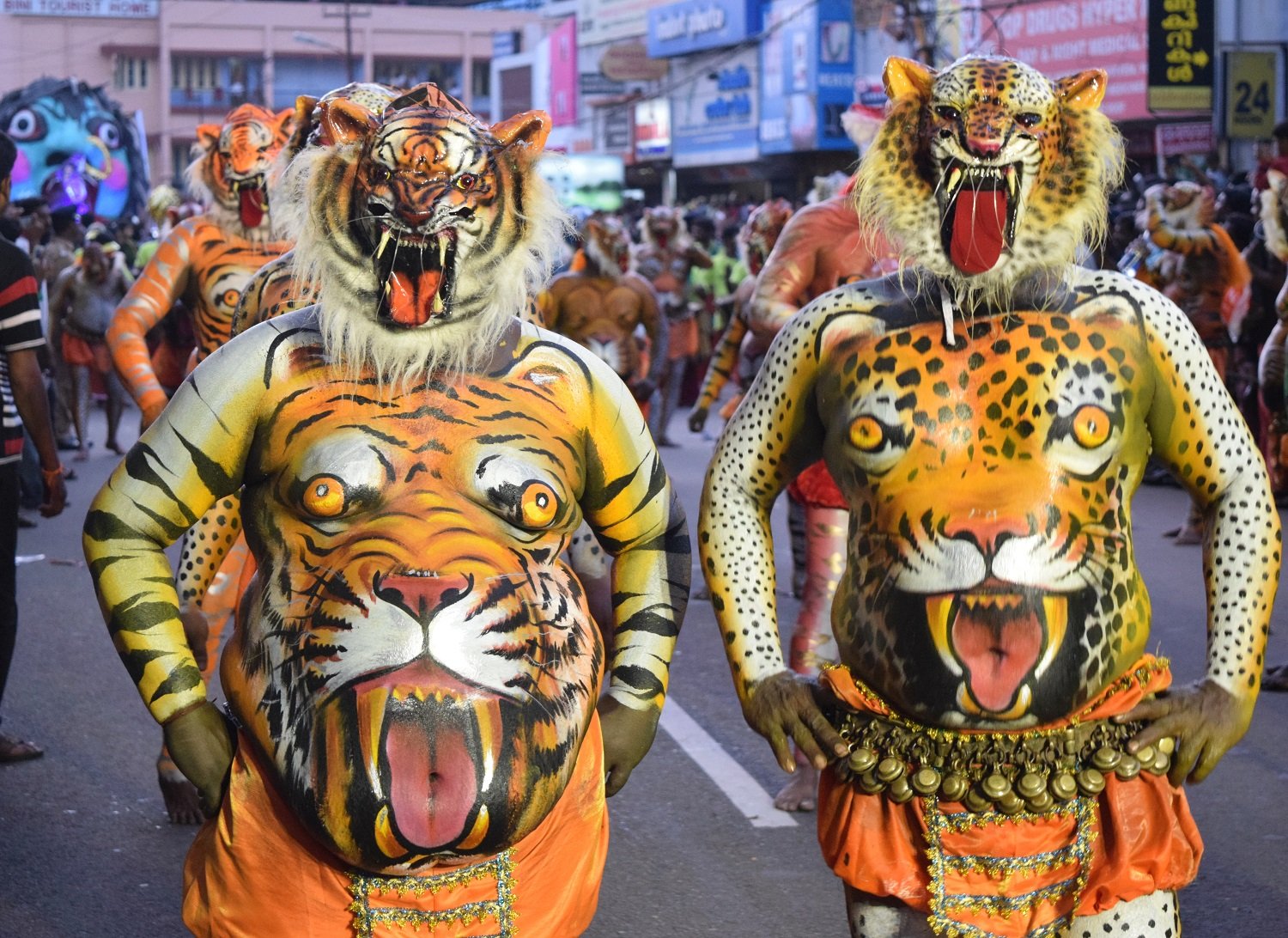
Day 7 – Moolam
The seventh day is filled with festivities, with families visiting each other’s homes and the pookalams being remade from scratch. A swing decorated with flowers is also put up by some people to celebrate the occasion of the King’s homecoming.
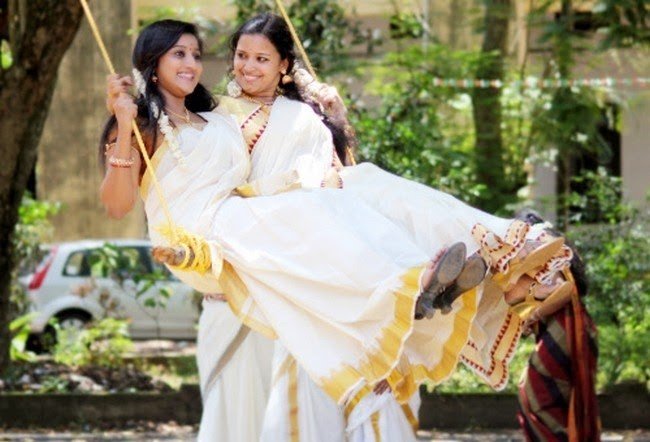
Day 8 – Pooradam
By the eighth day, everyone is in high spirits and the pookalam is bigger in size. On this day, pyramid-like clay statues known as Onathappan are put in the middle of the pookalams. These statues represent King Mahabali and Vamanan. This day Mahabali is finally invited to the visit the homes of his people.
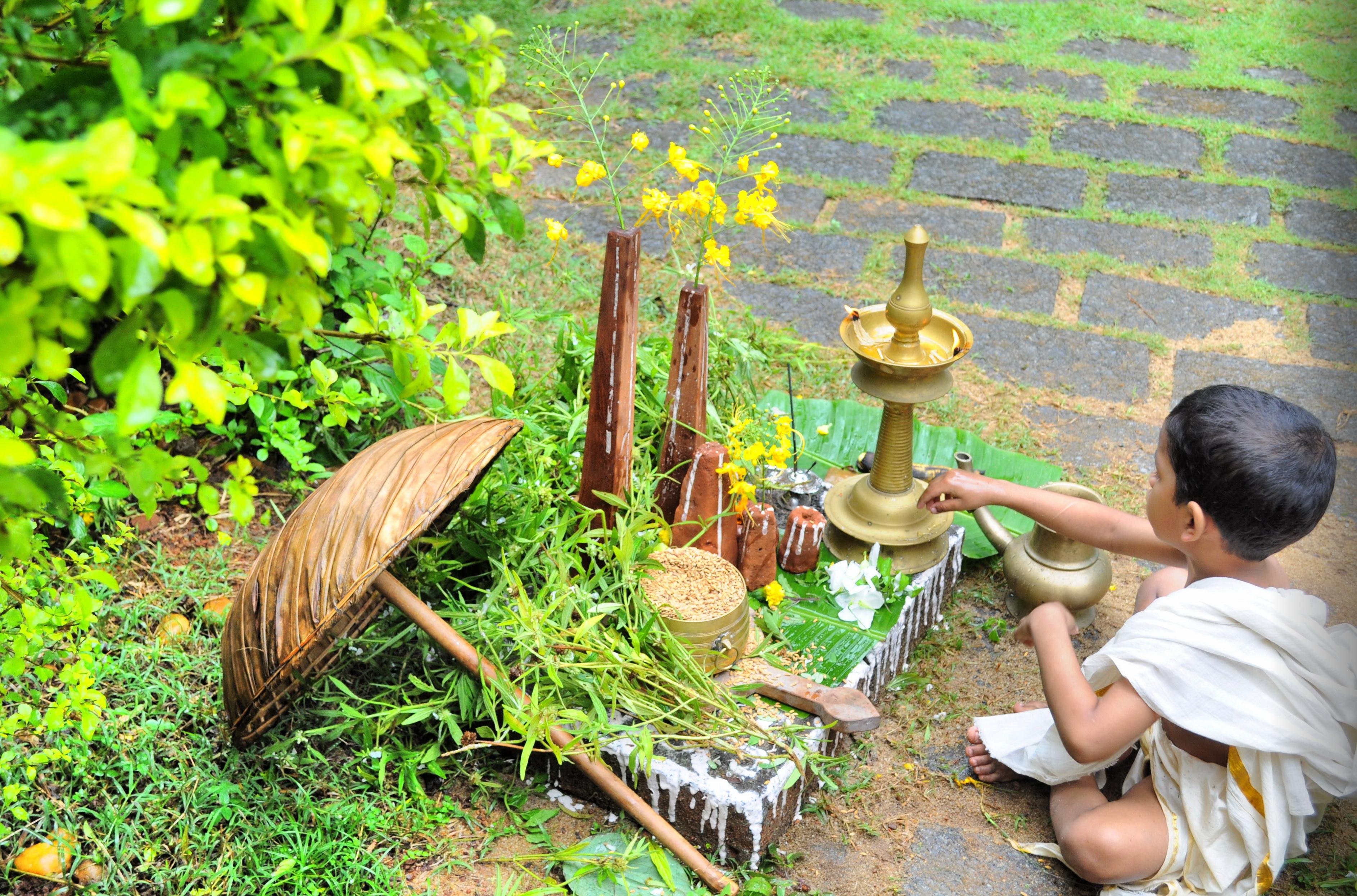
Day 9 – Uthradam
On the ninth day, festivities are in full swing. In the olden times, farmers would bring the yield of their farms and present it at the Nair tharavadu (ancestral homes of the Nairs) and return with sweets. That is why the ninth day is considered auspicious to buy fruits and vegetables.
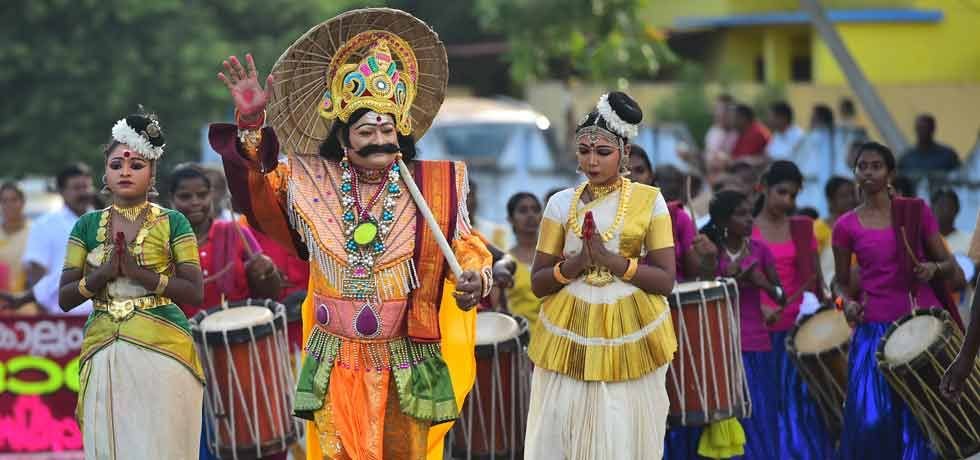
Day 10 – Thiruvonam
The final day of Onam, also known as Onnam Onam (The first Onam), is the day when people dress up in their Onnakodi (new clothes for Onam) and immerse the Onathappan in water. People play different Onam games and gorge on Onam sadhya on the last day of Onam. After the day of Thiruvonam, the next two days are also celebrated as Onam.
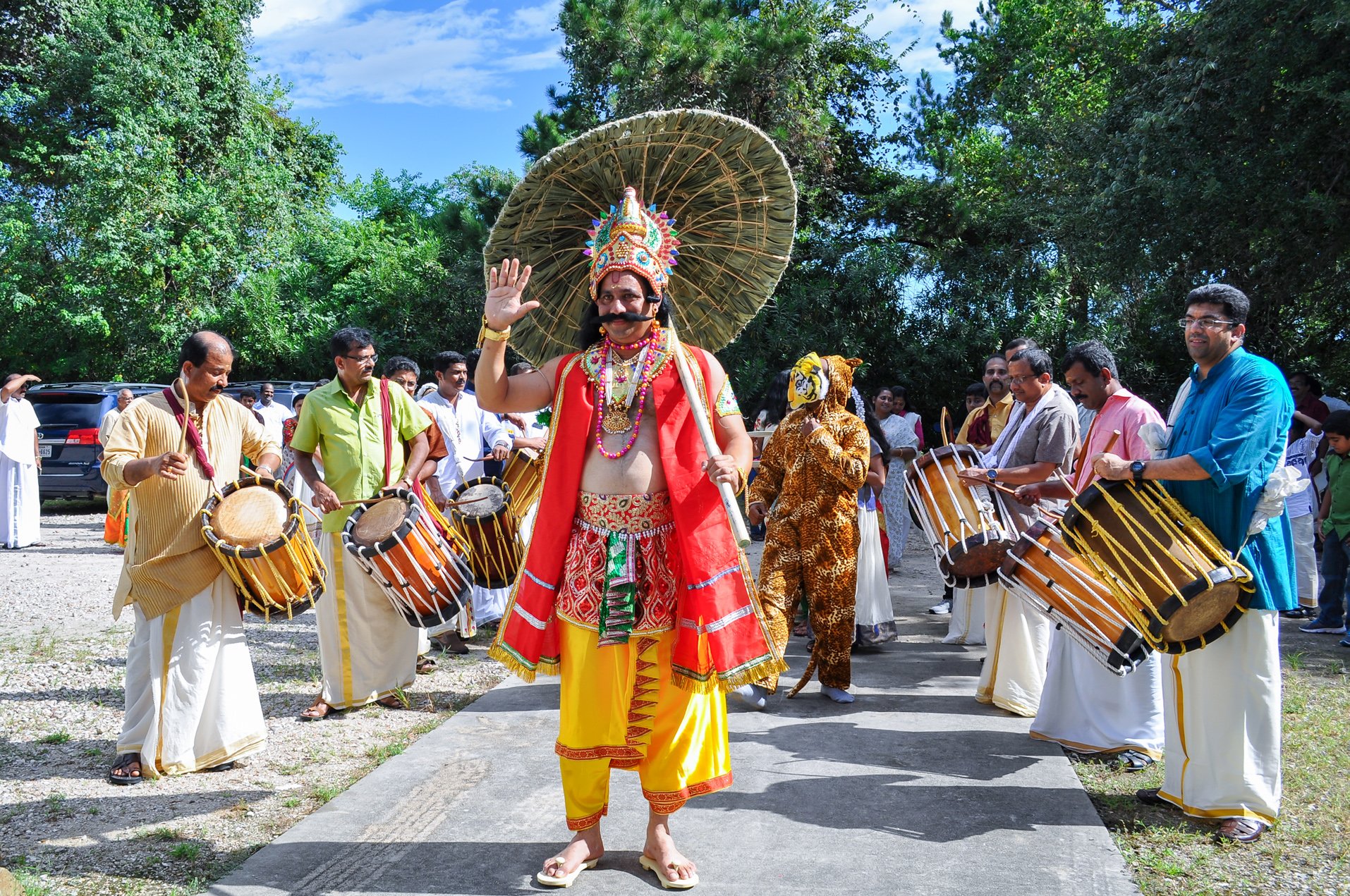
10 days of festivities! Isn’t that amazing?




